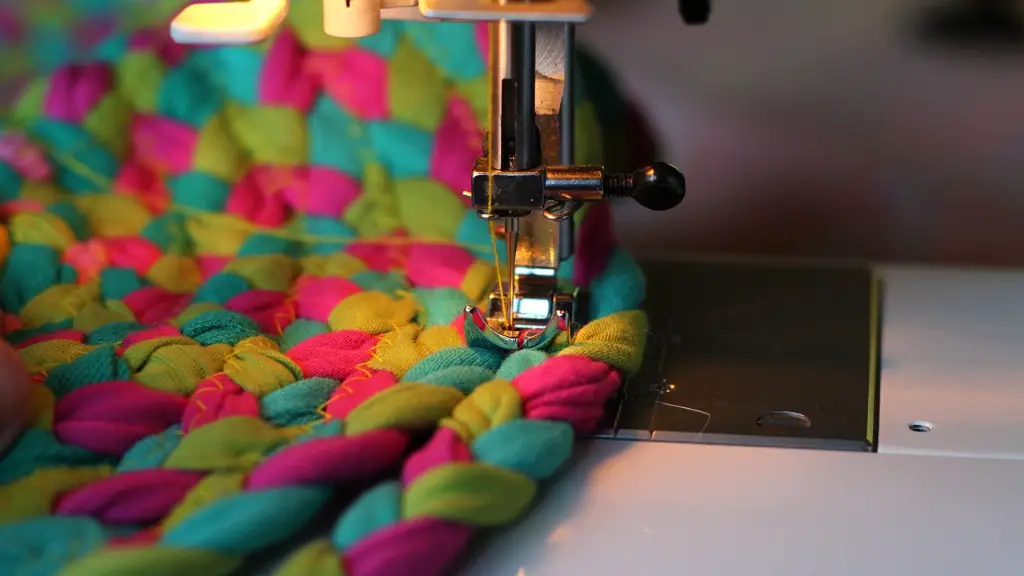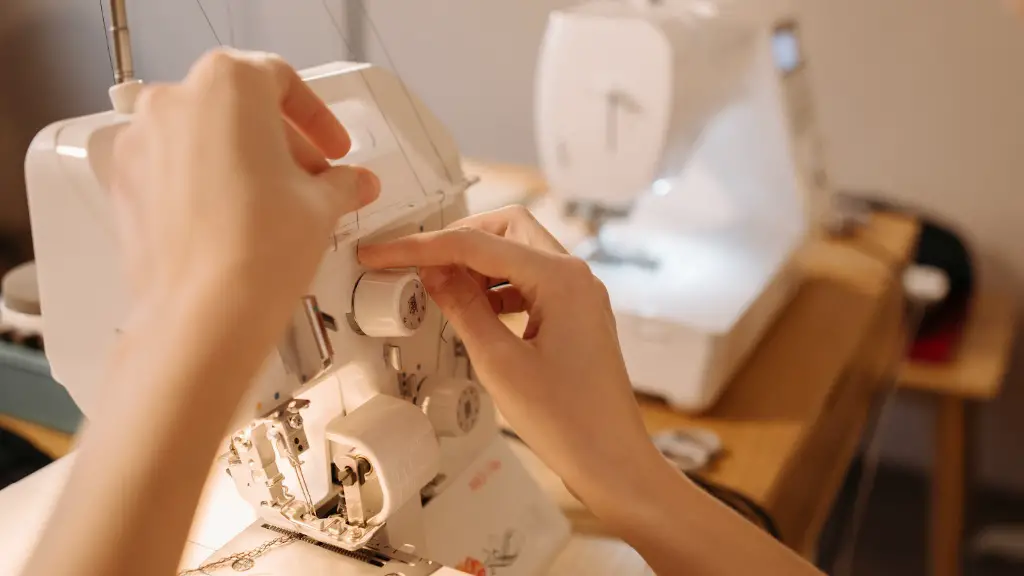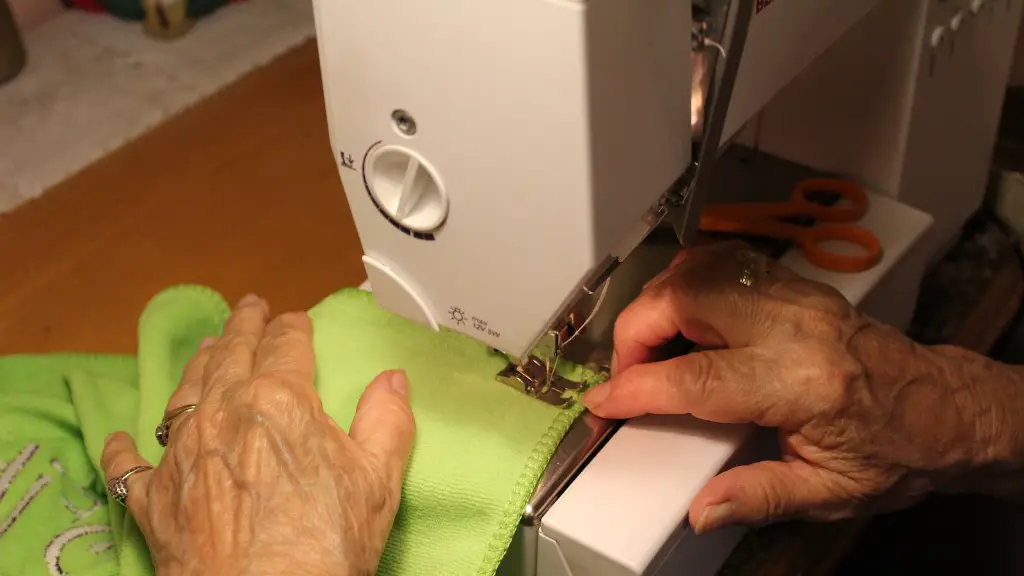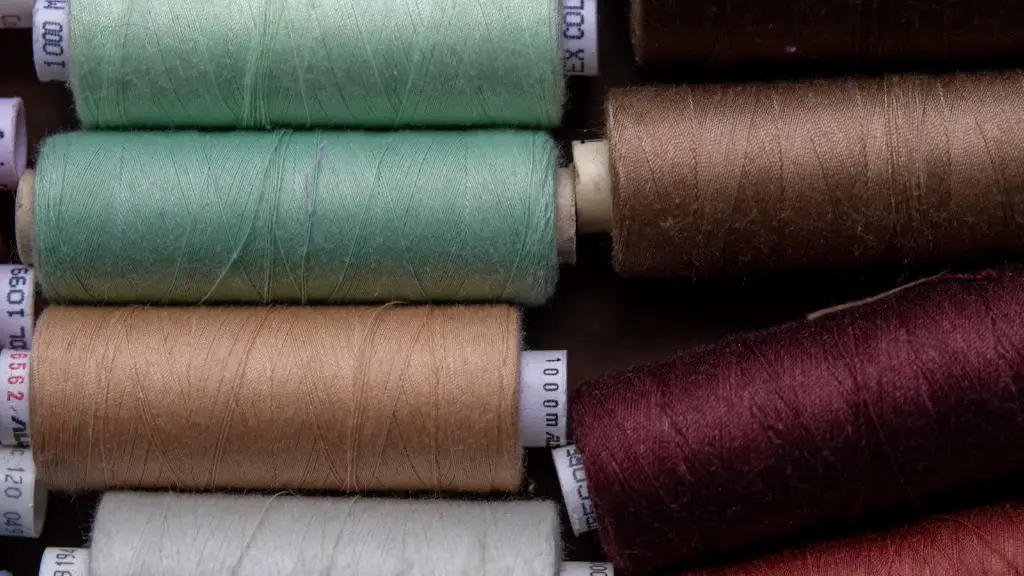They say that an ounce of prevention is worth a pound of cure. This is especially true for your sewing machine, since there are so many moving parts that need to stay in top condition to keep your machine running smoothly. Cleaning your sewing machine can often be an overlooked yet very important task, and it’s recommended to be done regularly to keep it in good condition, as well as preventing any long-term damages or repairs. Depending on your sewing machine and manual, you may have different specific ways to do it. But overall, here is what you need to do to properly clean your sewing machine.
Dislodge Threads and Dust
First things first, you need to remove any and all threads, fibers, and dust from the machine. A good way to do this is to use a soft cloth to wipe off the surface and mechanical parts that are visible. Whenever doing this, make sure to be extra gentle and take your time as to not disrupt any of the moving parts. For the harder-to-reach areas of your sewing machine that you can’t get to with the cloth, try using a lint roller. This is especially helpful for dislodging any dust and lint that has collected on the machineries. After doing this, dust away the excess dust from all areas.
Unplug and Remove Cover to Clean
Once you’ve gotten rid of all visible dust and lint on the machine, it’s time to get a little deeper. Start off by unplugging the sewing machine itself, and then opening the bottom access door – if either of these steps require a screwdriver, be sure to use the correct screwdriver for the right size.- Doing this will allow you to see essential pieces that need to be lubricated. The manual should include an exact list of the correct lubrications and the areas they should be applied to so that they can run smoothly. Some sewing machines do not need any additional lubrication and will indicate this in the manual information.
Also don’t forget to clean in the bobbin and take it out as it can easily get stuck- and unstick it if needed- to ensure it’s running properly and is kept clean. Most bobbins can easily be manually removed and replaced without a problem. Make sure you are gentle when replacing it, as too much force can make it more prone to malfunction.
Re-Assemble and Test the Sewing Machine
Alright, next up you need to reassemble the different parts of the machine. Be sure to have the right parts in the right places, which is why it can be helpful to keep track of the order in which they were taken off. Once they’re all in place, be sure to also check that all screws are tight as to not disrupt the sewing machine while in use.
The final step is to test the sewing machine. Begin by plugging the machine back in and see if it turns on and runs smoothly. If the machine operates properly, then let it run a few stitches to make sure there aren’t any kinks that need to be worked out. If there are any issues, refer to the manual for problemshooting – or for more serious issues, seek professional help.
Regular Maintenance to Make it last Longer
Cleaning and maintaining your sewing machine regularly will help to increase its longevity and keep it in perfect working condition. To keep your sewing machine clean, you can simply repeat the steps mentioned above. Suggested frequencies depend on the type of work you do, with heavier or frequent sewing requiring more frequent cleaning. Even if your sewing machine isn’t used often, try to make it a habit to check its condition at least once a year for any lubrication needs or problems that may require a more detailed approach.
Do Not Overlook this Important Task
It can be easy to overlook the importance of cleaning your sewing machine, but this important task requires special attention to keep your machine running smoothly and keep it in good condition for longer. If cleaning and maintenance is neglected for too long, it can cause damage to your sewing machine, and end up costing you more in costly repairs and replacements. As daunting as it may sound, it doesn’t have to be a difficult job so long as you follow the steps above, keep track of parts, and always avoid any aggressive handling.
How to Clean the Bobbin and Bobbin Area
To clean the bobbin and bobbin area, you should start off by first removing the bobbin as per the instructions in your manual. Before doing so, clear away any lint and threads with a pair of tweezers so that they can’t get into the machine parts. After taking out the bobbin and cleaning it with a soft cloth and a bit of detergent, clean the bobbin case and area with a soft brush or cotton swab to ensure any likely and hidden lint is removed. Once everything is clean, carefully insert the bobbin and make sure it is securely in place before closing the cover, taking note of the order each part was taken off.
Regular Oil Changes
It’s a good idea to do regular oil changes for your sewing machine as a preventative measure. Most sewing machines come with a tiny bottle of oil that you can use. Add a few drops of it at all the necessary places where it’s usually needed. Your manual should indicate the exact places where the oil should go. And remember, to never use household oils or lubricants on your sewing machine as they can spoil some of its parts.
Check Wires and Connectors
At least once in awhile, make sure to inspect the wiring and connectors in your sewing machine. This can easily be done by unplugging each wire or connector and watching for any signs of wear and tear. If there are any loose wires or damaged connectors, it’s important to get these replaced to ensure your safety, as well as avoid any potential damages to the machine. This is especially important for those of you operating your sewing machine from alternative energy.
Routine Cleaning Tips and Tricks
To make cleaning your sewing machine more efficient, it can be helpful to keep a few cloths and a lint roller at hand that only used for cleaning your machine. Additionally, for those of you who use your machine frequently and for longer periods of time, it’s good to keep a can of pressurized air around at all time to get rid of dust and lint between uses. Always remember to unplug and re-connect the wires in the right order when taking apart the machine.



